By Christopher Miskimon
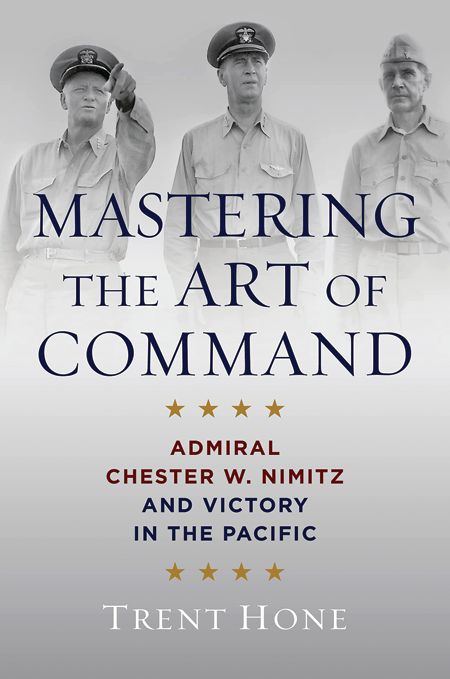 Before World War II, the U.S. Navy developed a culture that purposely created leadership opportunities. An emphasis on decentralized authority gave direction to junior leaders while encouraging them to use their own initiative to achieve results. This environment proved fortuitous for Chester Nimitz, teaching him the skills he used to lead the Pacific Fleet to victory during the war. He stressed excellence in performance, inspiration of fellow officers, education and leadership as a collective activity. He also understood the need to organize groups to make them more responsive to fast-changing situations. Once in command after Pearl Harbor, he used these traits to win important victories against the Japanese before assuming the initiative. Afterward, Japanese forces were never able to regain their balance.
Before World War II, the U.S. Navy developed a culture that purposely created leadership opportunities. An emphasis on decentralized authority gave direction to junior leaders while encouraging them to use their own initiative to achieve results. This environment proved fortuitous for Chester Nimitz, teaching him the skills he used to lead the Pacific Fleet to victory during the war. He stressed excellence in performance, inspiration of fellow officers, education and leadership as a collective activity. He also understood the need to organize groups to make them more responsive to fast-changing situations. Once in command after Pearl Harbor, he used these traits to win important victories against the Japanese before assuming the initiative. Afterward, Japanese forces were never able to regain their balance.
This new history of the Pacific War has a new narrative, arguing Allied victory was not inevitable and examining Nimitz’s decisions and planning. The author also looks at the admiral’s leadership style through the prism of modern theories of management, showing how he set the conditions for his subordinates’ success. The book is both a history and a treatise on effective leadership. The text also looks at how effective strategies are formulated and executed, including the way leaders adapt to quickly changing combat situations, both art and science. This work can be appreciated by both students of military history and leaders in civil or private organizations.
Mastering the Art of Command: Admiral Chester W. Nimitz and Victory in the Pacific (Trent Hone, Naval Institute Press, Annapolis MD, 2022, 430 pp., maps, illustrations, notes, bibliography, index, $39.95, hardcover)
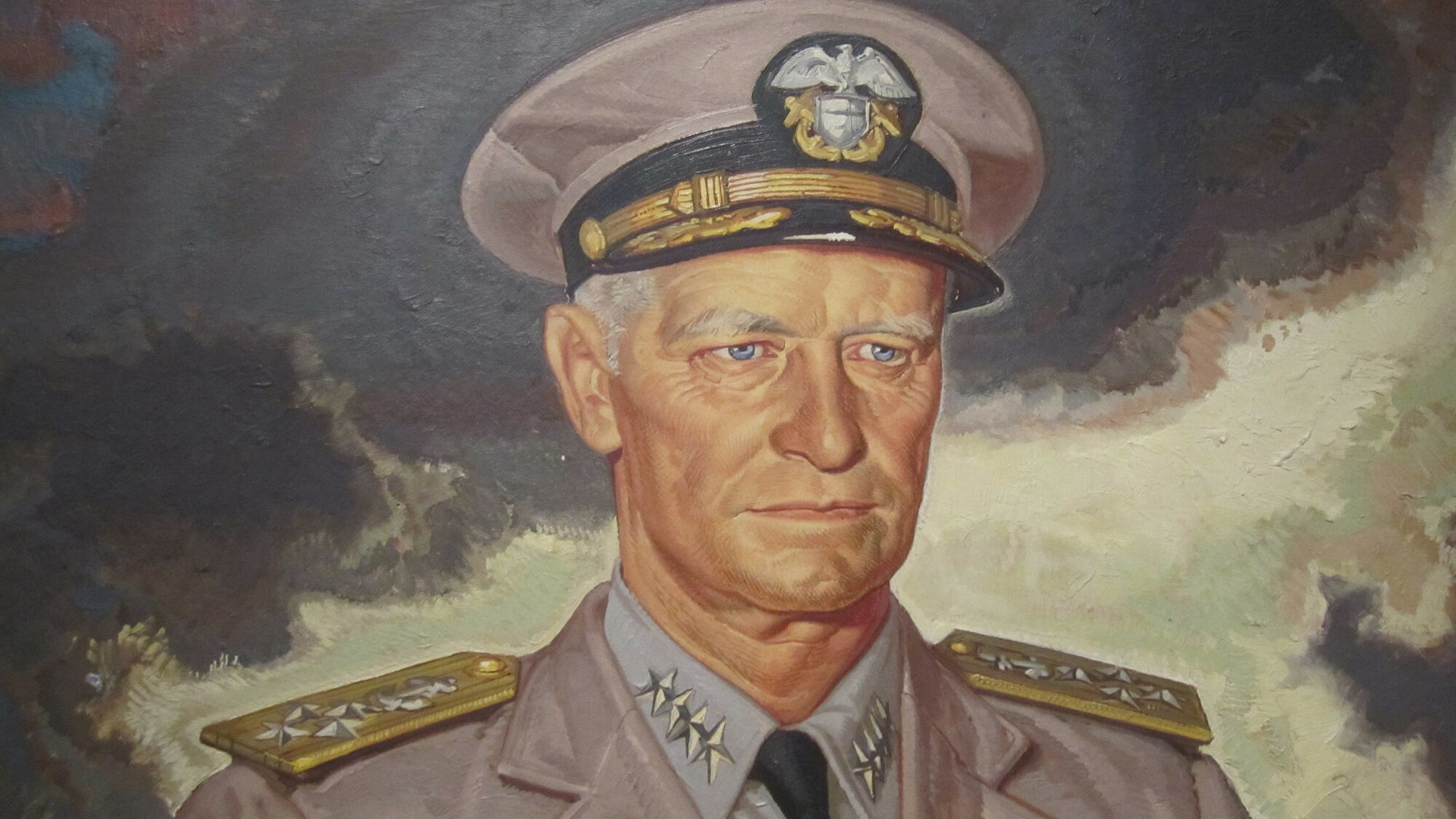
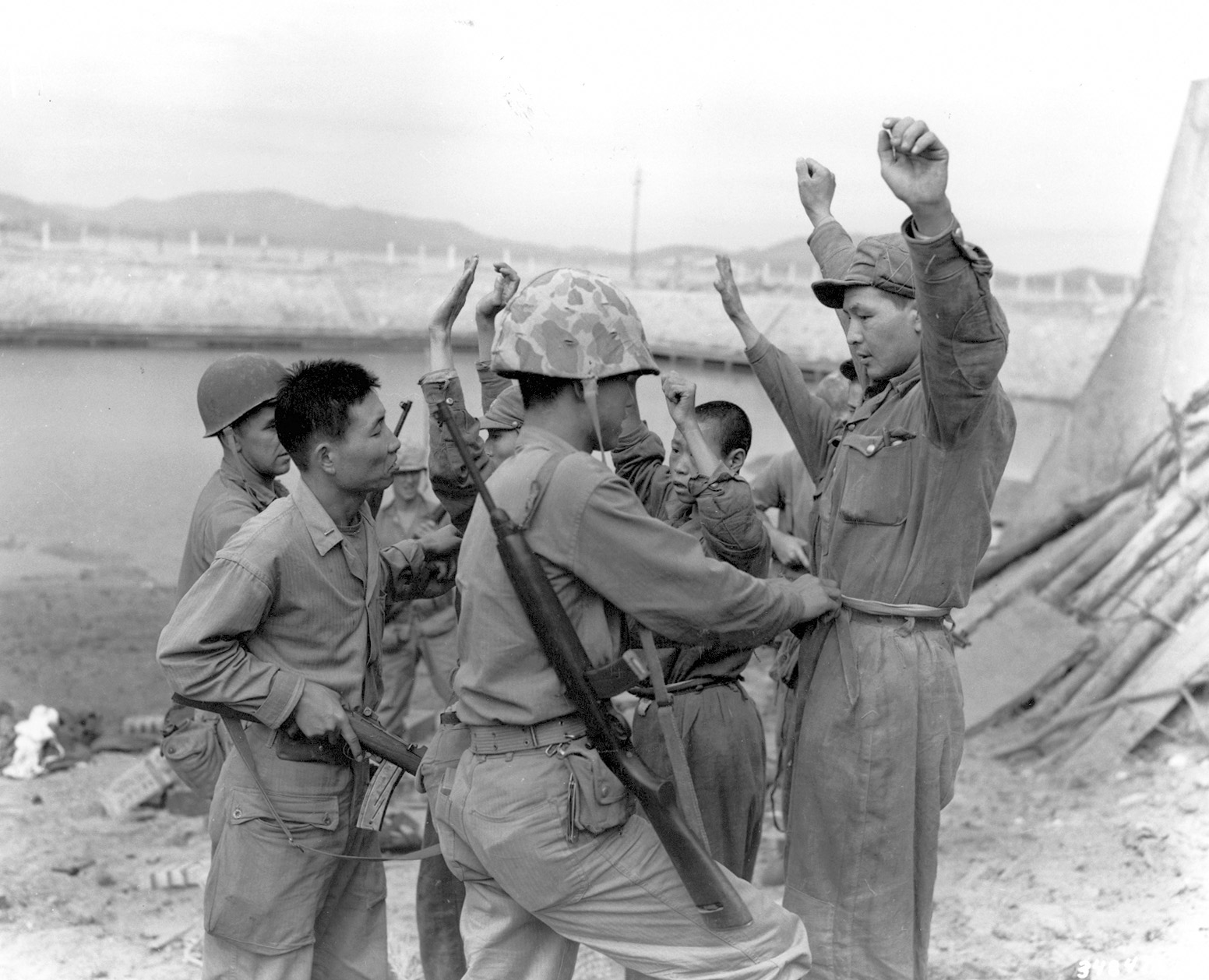
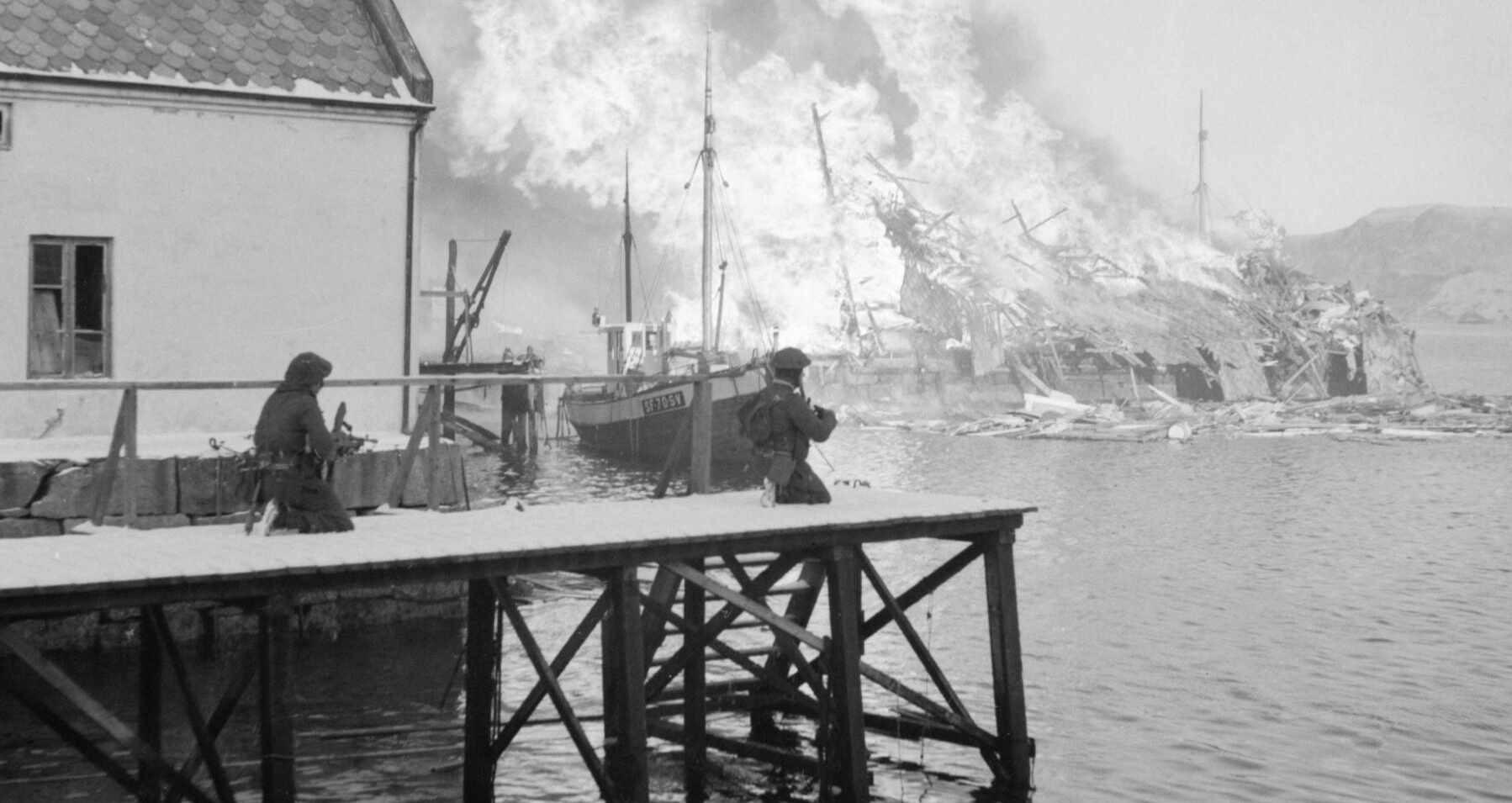
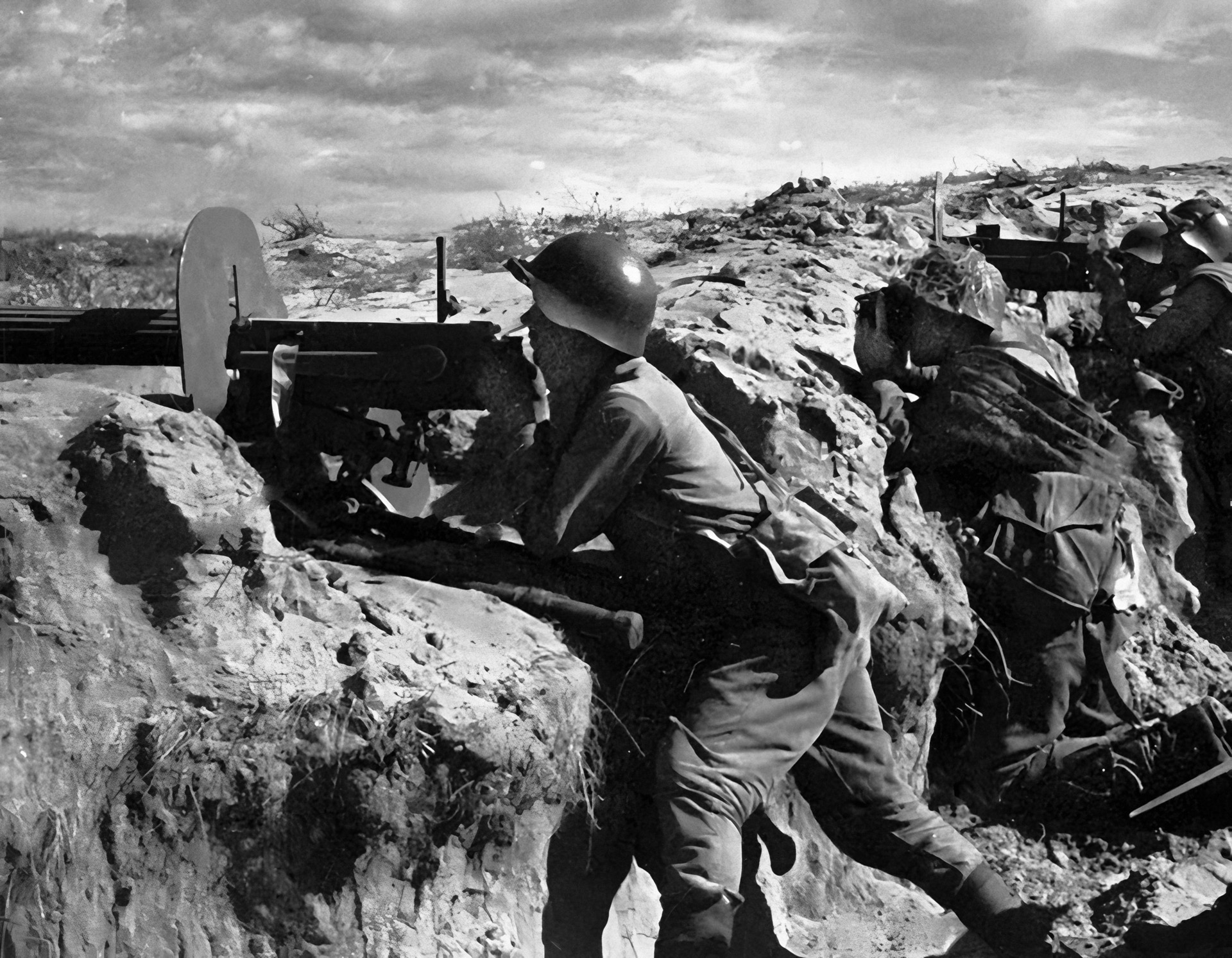
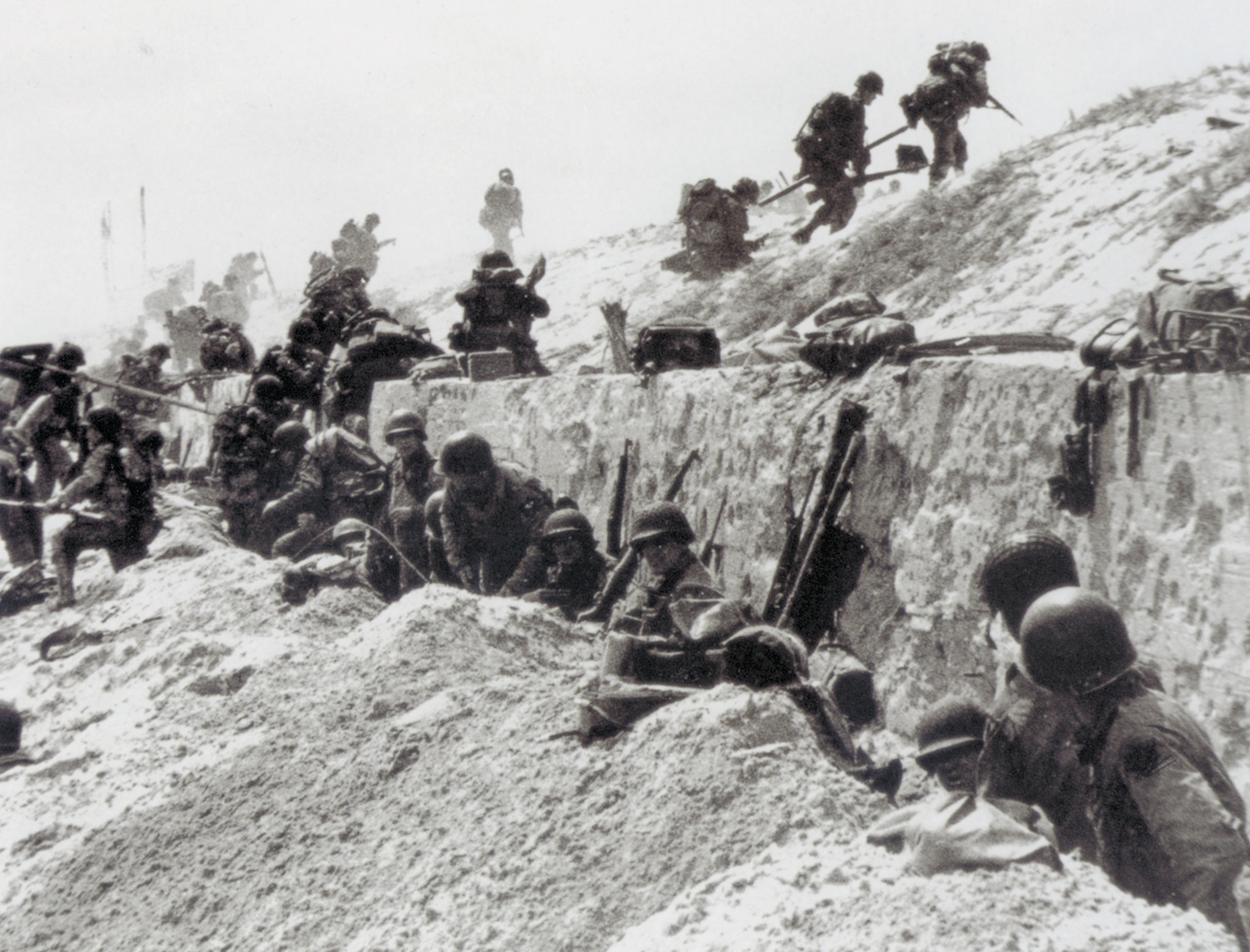
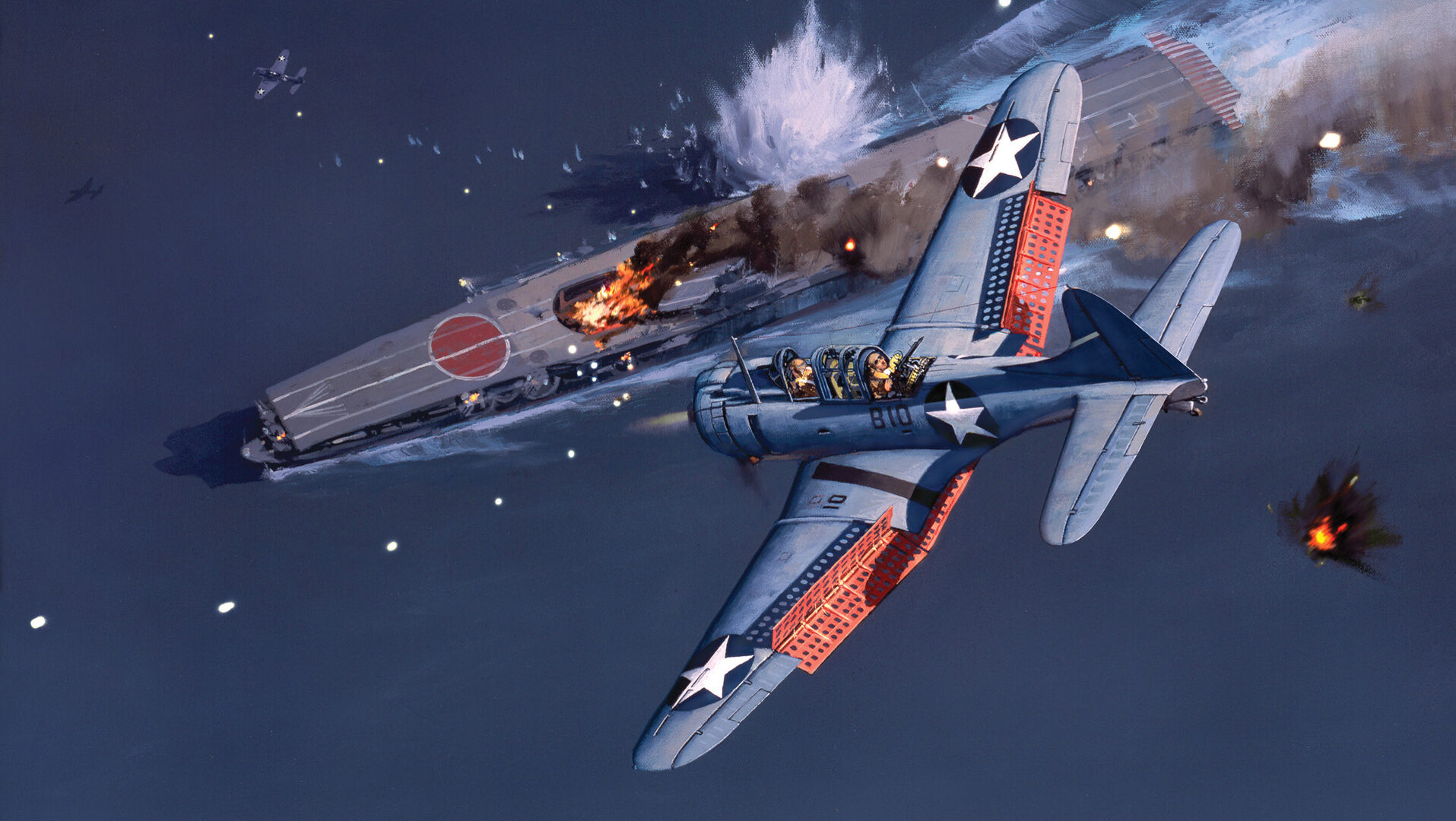
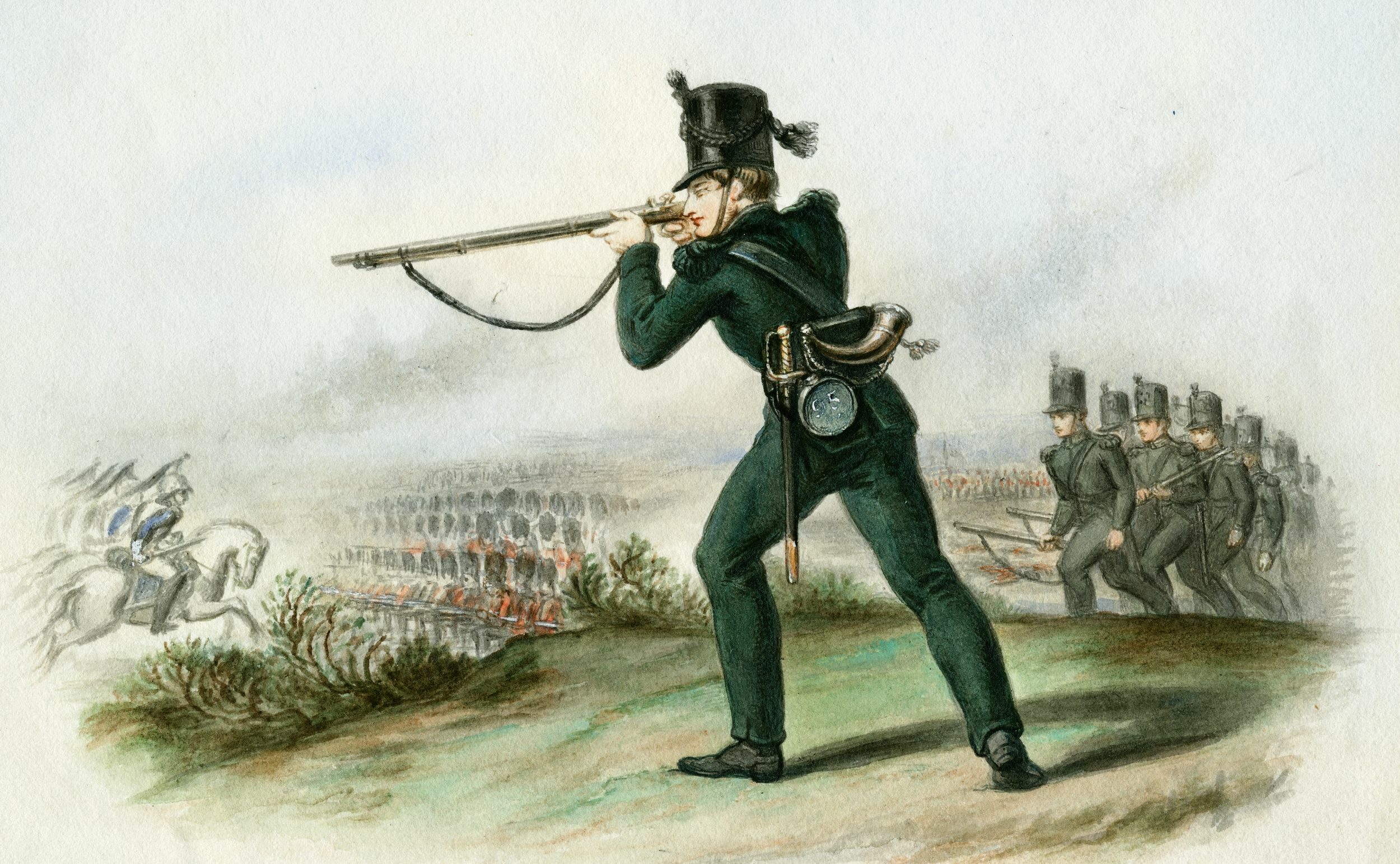
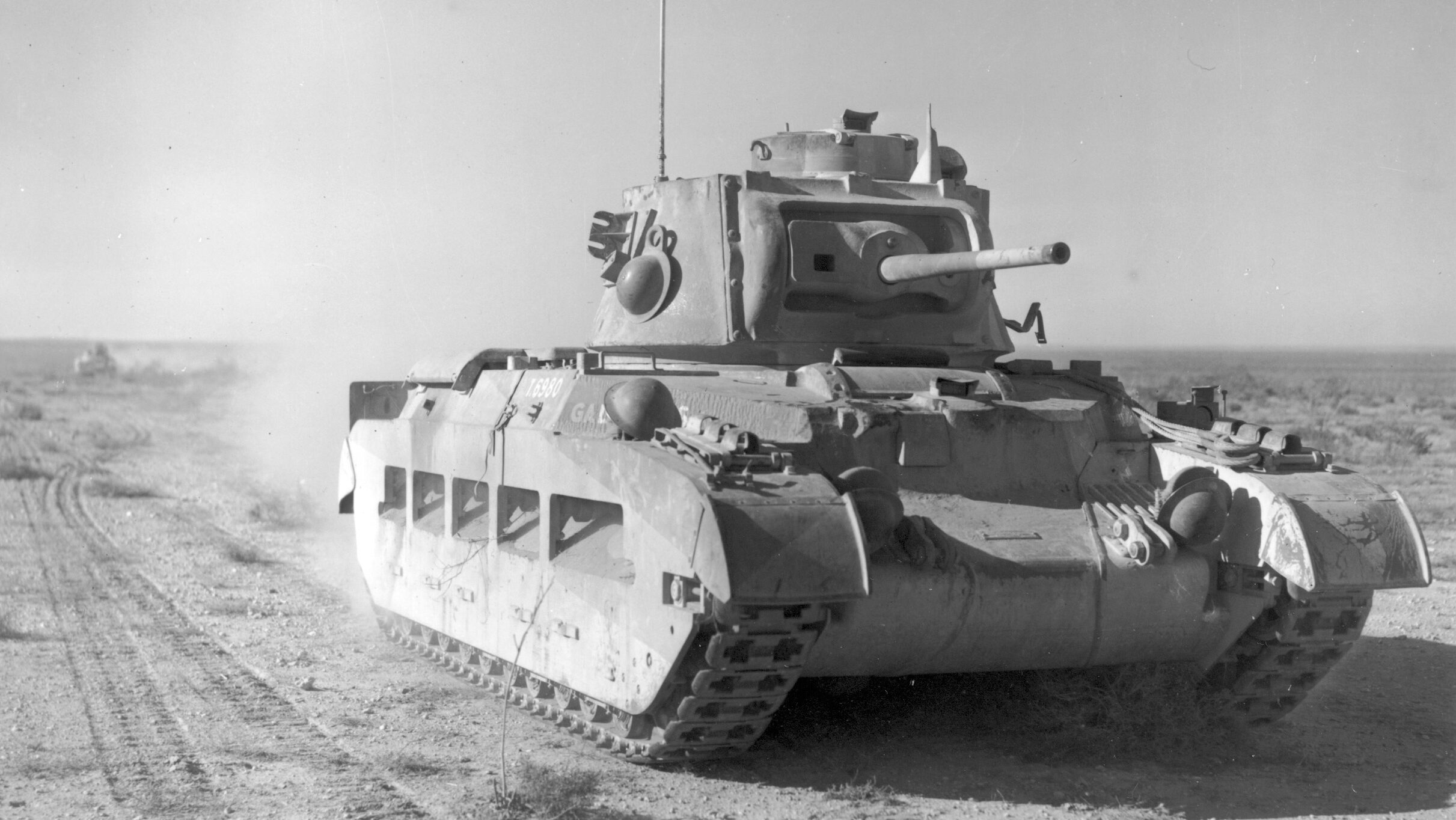
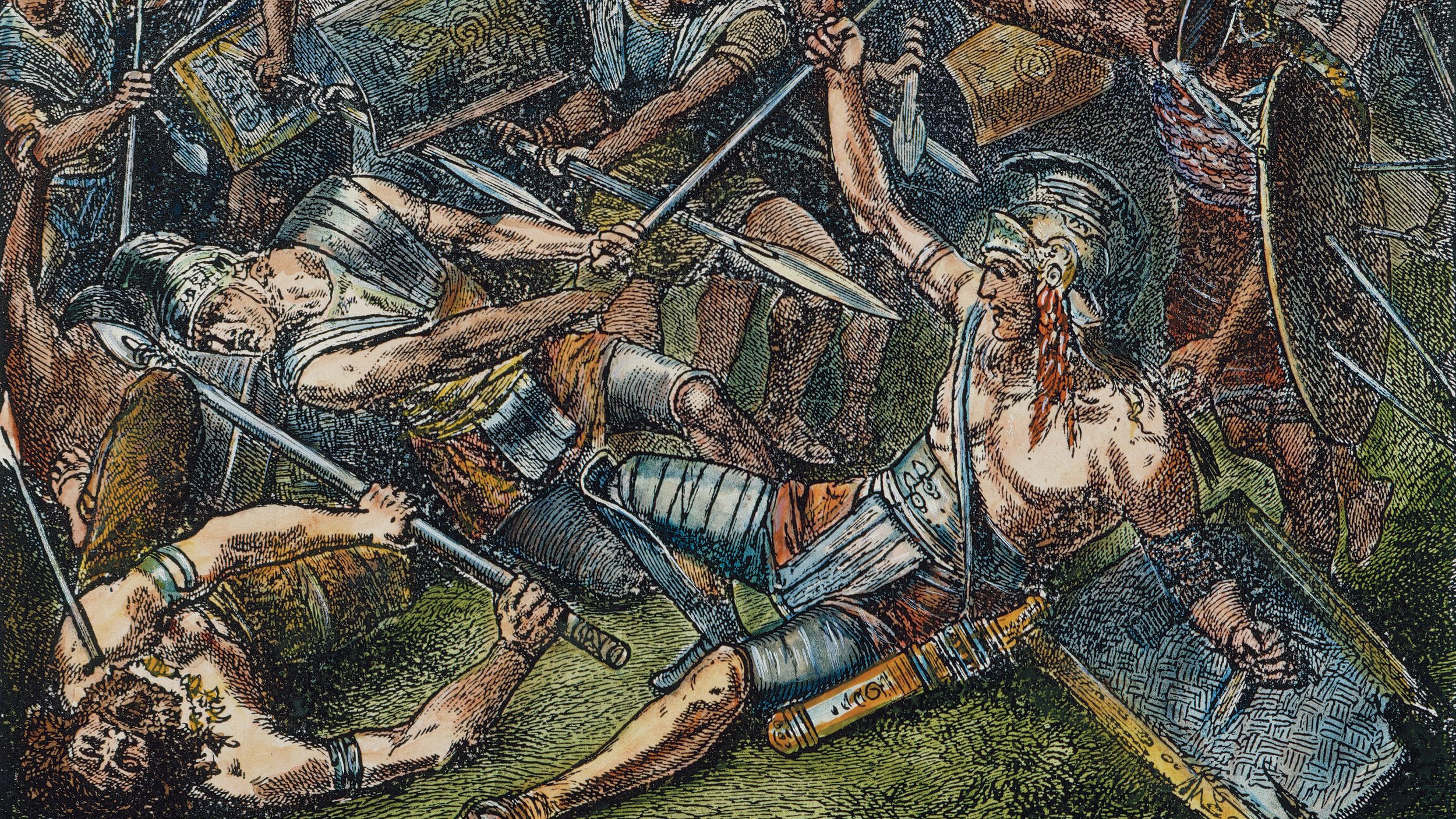
Join The Conversation
Comments
View All Comments